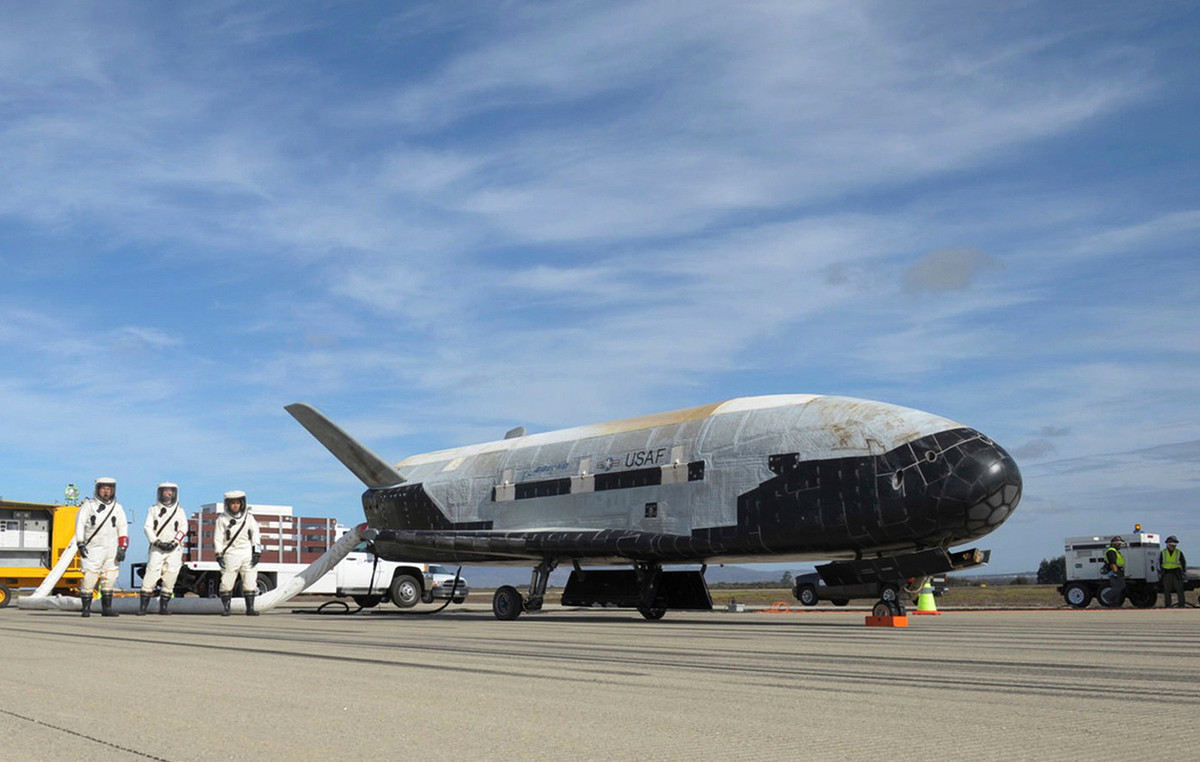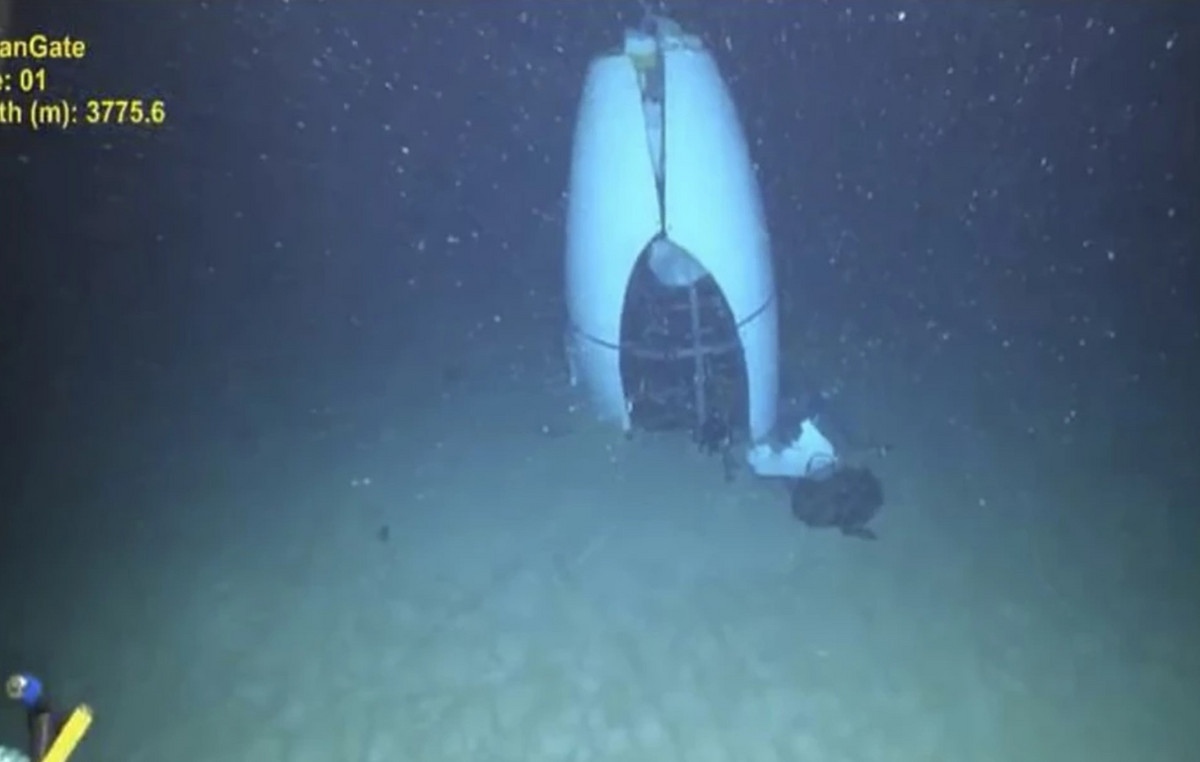Learn to orient yourself in the deepest nature, immersed in a forest. Living with minimal needs, almost like primitive men. As the compound etymology of the English word itself suggests, the bushcraft indicates the ability to get by and satisfy primary needs in a wild area like one forestthat mixture of knowledge and techniques useful for survival in a wild and pre-agricultural environment.
In Australia and South Africa there was talk of Bushcraft as early as the 19th century. In America and in the Anglo-Saxon world it is an already widespread and decidedly pop outdoor practice Italy is a growing phenomenon, thanks to the presence of various schools and the spread of YouTube tutorials and dedicated social pages.
Bushcraft, instructions for use
Build a makeshift shelter with leaves and branches; immediately visualize the nearest source of water (and knowing how to filter it), recognize edible or otherwise edible plants and herbs. Light a fire to cook and warm up on the cold nights quilted with stars. Bushcraft techniques they also share with the survival ones theability to follow animal tracks and in producing wooden (and similar) tools and containers. At the roots of this existential philosophy stands the will to restore those knowledge and human peculiarities (practical and proactive) that have been somewhat lost on the basis of the comforts of modernity, of technological progress. Reconnect with the resources and authentic rhythms of nature, to get out of our comfort zone to trace the historical trend of homo sapiens over thousands of years. How we were, how we could (occasionally) go back to being. All you need is a lot of training and a spirit of adaptation.
What to put in the backpack
To dive fearlessly into the darkness of a forest would be enoughthe elementary objects and in common use: a knife, a rope, a firelighter, a water bottle, a waterproof sheet. Then, yes, of course, the recommended clothing varies according to the season and the type of terrain and a good pair of hiking shoes can only help the cause. It is essential to bring a smartphone: to reorient yourself as needed, and take beautiful images and videos.
Bushcraft destinations
it’s going strongTuscan-Emilian Apennines, such as the flat area of Giogo Casaglia. The area of the Asiago plateau is also very popular. But each region has its “bushcraftable” spaces.
Italian law
In our peninsula, the laws in force greatly reduce the aspirations of bushcraft lovers. Effectively banning free campsitescan be practiced only in some areas set up ad hoc. And certainly you can’t light a fire and above all hunt game anarchically, in the primitive way and thank goodness for our animal cousins. I forbade the bivouac and the construction of camps.
The word to a protagonist
Originally from Milan, known on the web as «The Primitive Wanderer», Alex Wander he is an expert bushcrafter. On Instagram and YouTube he shares the stories of his explorations in the wilderness behind the house. Entrepreneur and photographer, Alex discovered this phenomenon about fifteen years ago: «Life in the city didn’t suit me and moments in nature were the ones that gave me the most peace and tranquillity. That’s how I got into bushcraft, which has allowed me to enter into a deeper and more radical contact with the environment… I try to relate to nature as a child would: freely, spontaneously and without prejudice. Without having to meet any expectations, or stick to precise paths». In 90% of cases he chooses to explore alone, letting himself be guided by the footprints of the animals: «I’ve noticed that they usually lead to unique places. The journey can be very demanding, but almost always, in the end, it was worth it: the animals found something interesting there».
Source: Vanity Fair
I’m Susan Karen, a professional writer and editor at World Stock Market. I specialize in Entertainment news, writing stories that keep readers informed on all the latest developments in the industry. With over five years of experience in creating engaging content and copywriting for various media outlets, I have grown to become an invaluable asset to any team.







